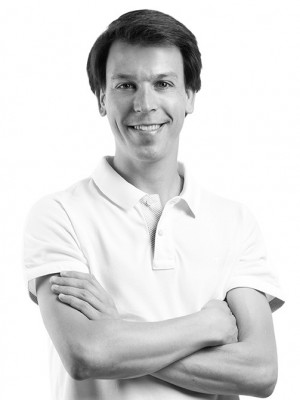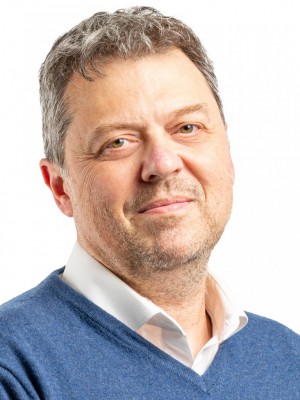resumo
The build-up and degradation of cytocompatible nanofilms in a controlled fashion have great potential in biomedical and nanomedicinal fields, including single-cell nanoencapsulation (SCNE). Herein, we report the fabrication of biodegradable films of cationic starch (c-ST) and anionic alginate (ALG) by electrostatically driven layer-by-layer (LbL) assembly technology and its application to the SCNE. The [c-ST/ALG] multilayer nanofilms, assembled either on individual Saccharomyces cerevisiae or on the 2D flat gold surface, degrade on demand, in a cytocompatible fashion, via treatment with alpha-amylase. Their degradation profiles are investigated, while systematically changing the alpha-amylase concentration, by several surface characterization techniques, including quartz crystal microbalance with dissipation monitoring (QCM-D) and ellipsometry. DNA incorporation in the LbL nanofilms and its controlled release, upon exposure of the nanofilms to an aqueous alpha-amylase solution, are demonstrated. The highly cytocompatible nature of the film-forming and -degrading conditions is assessed in the c-ST/ALG-shell formation and degradation of S. cerevisiae. We envisage that the cytocompatible, enzymatic degradation of c-ST-based nanofilms paves the way for developing advanced biomedical devices with programmed dissolution in vivo.
palavras-chave
INDIVIDUAL MAMMALIAN-CELLS; BIOMIMETIC COATINGS; MULTILAYER FILMS; LINEAR GROWTH; CHITOSAN; SHELLS; MICROORGANISMS; ENCAPSULATION; FABRICATION; DELIVERY
categoria
Chemistry; Materials Science; Physics; Polymer Science
autores
Moon, HC; Han, S; Borges, J; Pesqueira, T; Choi, H; Han, SY; Cho, H; Park, JH; Mano, JF; Choi, IS
nossos autores
Projectos
Dispositivos Supramoleculares Auto-Regulados baseados na Complementaridade dos Pares de Base do ADN: Uma Tecnologia Biomimética e com Reconheciemnto Molecular para Isolar Células Específicas para Aplicações Biomédicas (SUPRASORT)
Bioengineered autonomous cell-biomaterials devices for generating humanised micro- tissues for regenerative medicine (ATLAS)
agradecimentos
This work was supported by the Basic Science Research Program through the National Research Foundation of Korea (NRF) funded by the Ministry of Science, ICT & Future Planning (NRF-2018R1C1B5045778), Programa Operacional Regional do Centro -Centro 2020, in the component FEDER, and by national funds (OE) through FCT/MCTES, in the scope of the project ``SUPRASORT'' (PTDC/QUI-OUT/30658/2017, CENTRO-01-0145-FEDER-030658), as well as by the European Research Council grant agreement ERC-2014-ADG-669858 (ATLAS). J. Borges gratefully acknowledges FCT for the individual contract (CEECIND/03202/2017). This work was developed within the scope of the project CICECO-Aveiro Institute of Materials, UIDB/50011/2020 & UIDP/50011/2020, financed by national funds through the Foundation for Science and Technology/MCTES.



